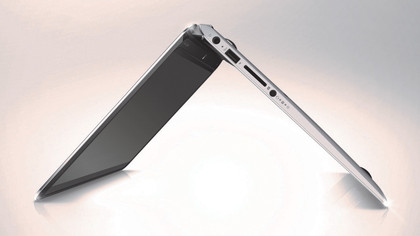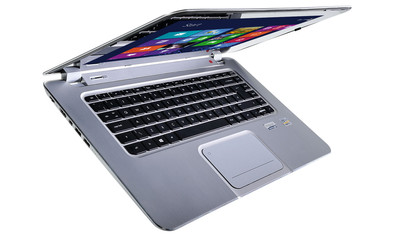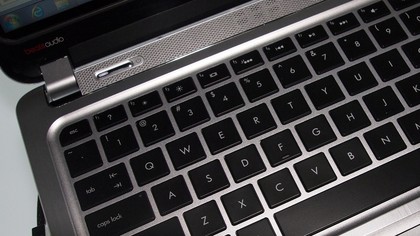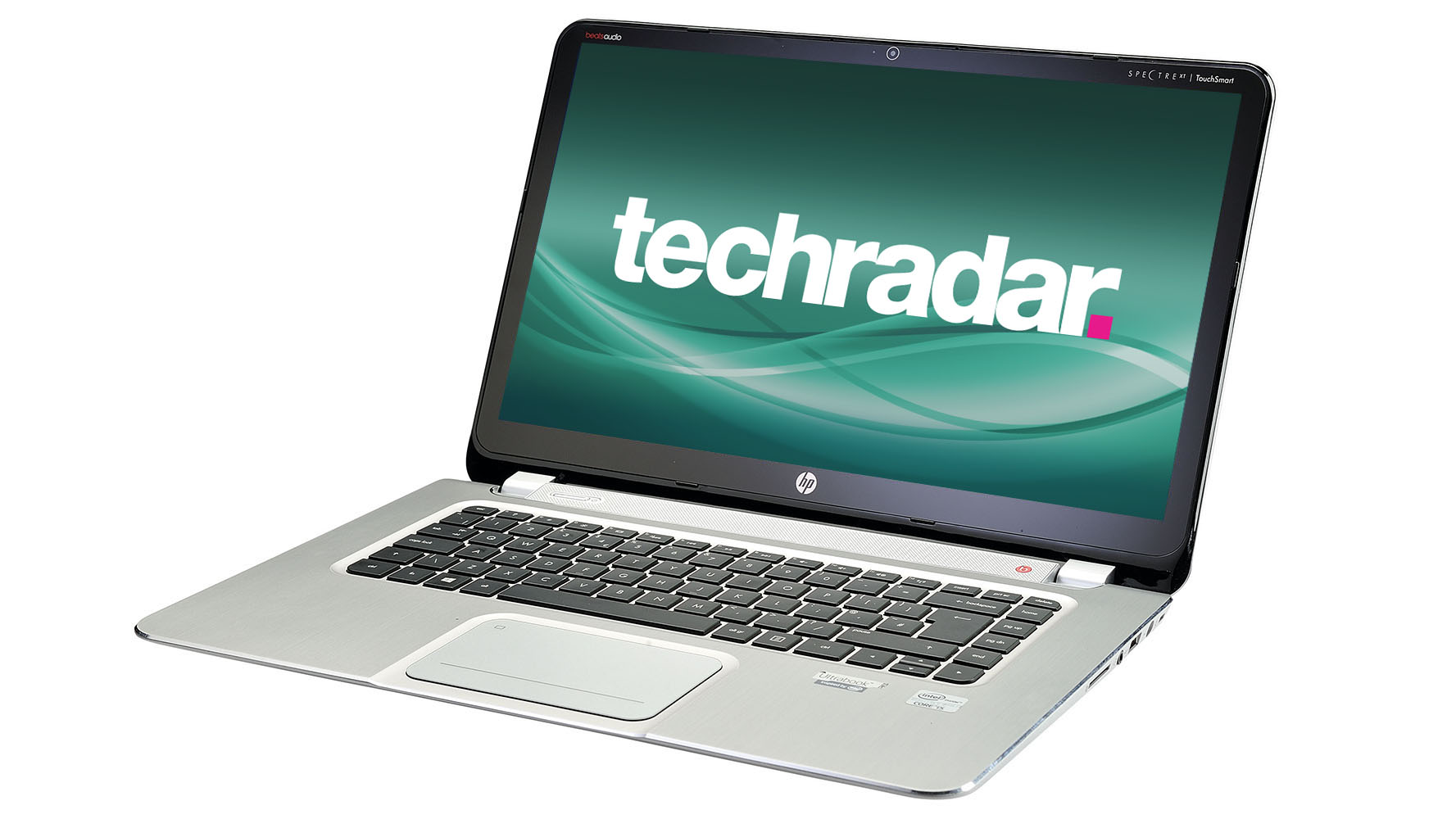Why you can trust TechRadar
Benchmarks
3D Mark: Ice Storm - 21882, Cloud Gate - 2872, Fire Strike - 399
Cinebench: OpenGL - 11.69fps, CPU - 2.25pts
Battery: 5 hours 23 minutes
So much as show a modern game to the HP Spectre XT TouchSmart Ultrabook, or even a relatively simple Unity title such as Kerbal Space Program, and it will shrink into a corner and cry.
The extreme resolution can't help, and Intel's functional 4000 series graphics chipset performs fine with games a generation past, but this simply isn't a laptop designed for today's heaviest lifting. With pedestrian benchmark results to boot, this didn't make us jump up and dance with joy.

Passive entertainment, on the other hand, is spectacular. 1080p video runs smoothly on the glorious screen, and its generous viewing angles mean more that one person can share.
The cleverly angled quad speaker system, enhanced as all HP things are by Beats Audio equalisation, chucks the sound right in your face. It's not brilliant - Beats generally means crispy trebles, fat low-end and an almost universal lack of any middle, and that's the case here - but it's a step above many afterthought Ultrabook sound solutions.

The touchpad is, to be honest, a little bit annoying. Its touchable area extends onto the click buttons at the bottom, meaning mis-gestures are all too common, and the initially glassy feel quickly gives way to a silicon stickiness.
Then there's the Ultrabook staples - thickness, lightness, longevity - all of which have taken a hit. Weighing 2.2kg/77.6oz, this is at the heaviest end of its market, and it's thin, but not spectacularly so.

We didn't get near the claimed 9.5 hours battery life even under casual strain. Our average was around six hours, and the HP Spectre XT TouchSmart Ultrabook buckled at just five hours in our intensive test.
We should also mention the build quality. Those lovely looks aren't matched in terms of stiffness: the aluminium-backed lid is highly flexible, the screen prone to some serious moire-ripples at the edges if pressed too heavily.
It works well as a touchscreen in terms of functionality, but practically we would rarely use such a feature when attached to a laptop. We'll say nothing of Windows 8's odd insistence on touch, since that's already been done to death elsewhere.
